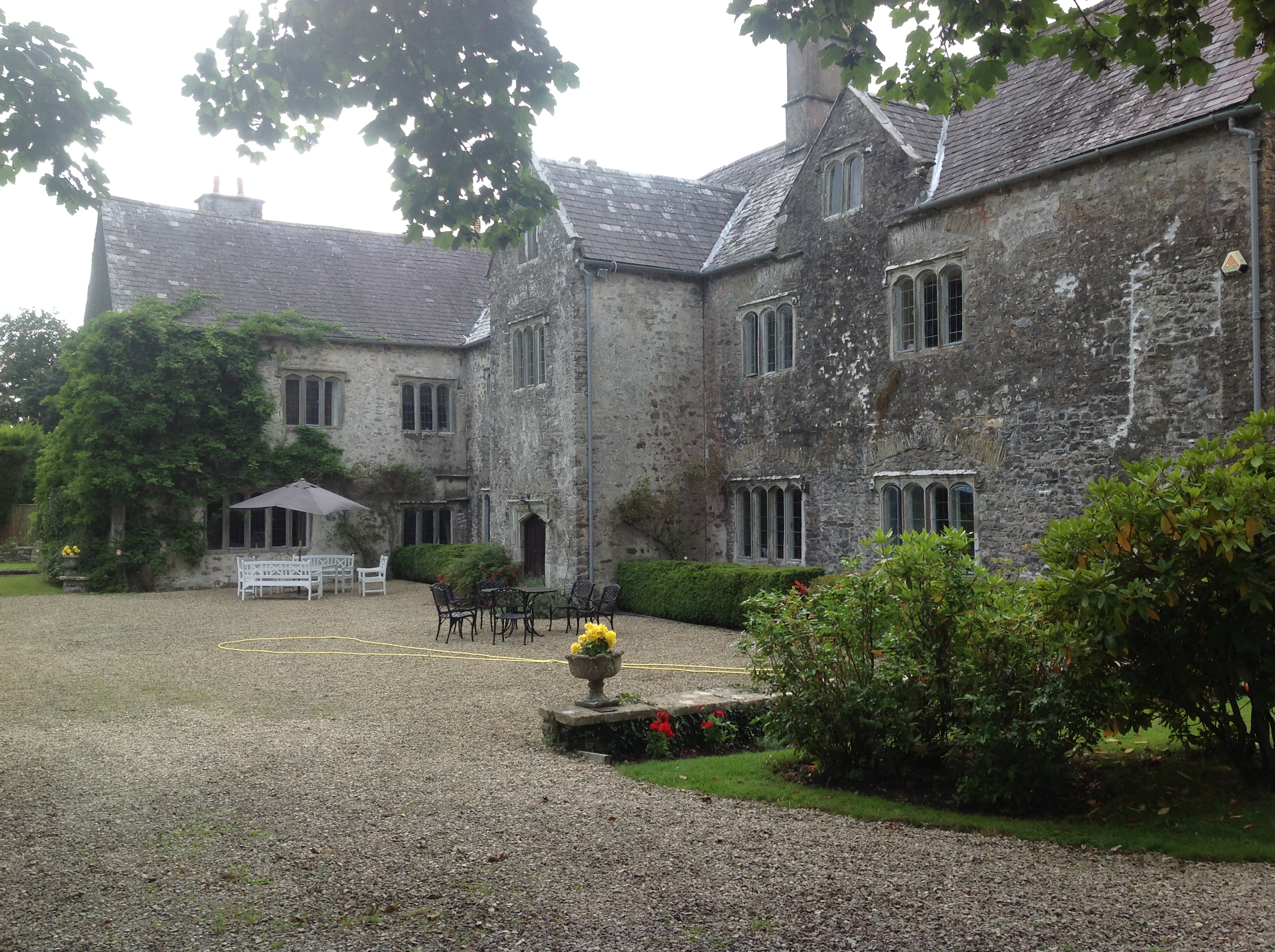Llansannor Court on:
[Wikipedia]
[Google]
[Amazon]
 Llansannor Court is a Grade I listed building in
Llansannor Court is a Grade I listed building in
Llansannor
Llansannor ( cy, Llansanwyr) is a small hamlet in the Vale of Glamorgan, Wales, United Kingdom.
It has a population of roughly 200 people. It contains a parish church, a pub (the City Inn, now closed), a primary school and a village hall, which ha ...
, near Cowbridge
Cowbridge ( cy, Y Bont-faen) is a market town in the Vale of Glamorgan, Wales, approximately west of the centre of Cardiff.
The Cowbridge with Llanblethian community and civil parish elect a town council.
A Cowbridge electoral ward exists for ...
in the Vale of Glamorgan
The Vale of Glamorgan ( cy, Bro Morgannwg ), often referred to as The Vale, is a county borough in the south-east of Wales. It borders Bridgend County Borough to the west, Cardiff to the east, Rhondda Cynon Taf to the north, and the Bristol ...
, south Wales. It became a Grade I listed building on 16 December 1952. It is believed to have been built during the Elizabethan era
The Elizabethan era is the epoch in the Tudor period of the history of England during the reign of Queen Elizabeth I (1558–1603). Historians often depict it as the golden age in English history. The symbol of Britannia (a female personific ...
.
The walls are of rubble and the roof is slate. The house has two storeys in some places and three in others, is L-shaped, and has stone mullion
A mullion is a vertical element that forms a division between units of a window or screen, or is used decoratively. It is also often used as a division between double doors. When dividing adjacent window units its primary purpose is a rigid supp ...
ed windows. During the 18th century it was owned by the politician Francis Gwyn, who inherited it from his father, Edward Gwyn. On Francis's death it passed to his son, Edward Prideaux Gwyn.
Although the fabric of the house is mostly of the 16th and 17th centuries, it was enlarged and refurbished during the Georgian period. However, when the last member of the Gwyn family died in 1846, the entire contents of the house were sold to a wealthy merchant who used only five rooms, allowing the rest of the house to deteriorate. It subsequently passed through several generations of the Roper family, who helped restore the house and gardens.
Within the grounds of Llansannor Court is the local parish church, the Church of St Senwyr, the only one in Wales dedicated to this particular saint.
The house has been used as a filming location for many television programmes, including multiple episodes of '' Doctor Who'', such as "The Unicorn and the Wasp
"The Unicorn and the Wasp" is the seventh episode of the fourth series of the revived British science fiction television series ''Doctor Who'', which was aired on BBC One on 17 May 2008.
Set in an English manor house in 1926, shortly before the ...
", "The Woman Who Lived
"The Woman Who Lived" is the sixth episode of the ninth series of the British science fiction television series ''Doctor Who''. It was first broadcast on BBC One on 24 October 2015. It was written by Catherine Tregenna and directed by Ed Bazalge ...
" and " Tooth and Claw".
A community organisation called LAMBS ("Llansannor Ancient and Modern Buildings and Settlements") was formed in 1999 in order to plan for the millennium and support local heritage.
References
{{coord, 51.48713, N, 3.45105, W, type:landmark_region:GB, display=title Grade I listed buildings in the Vale of Glamorgan